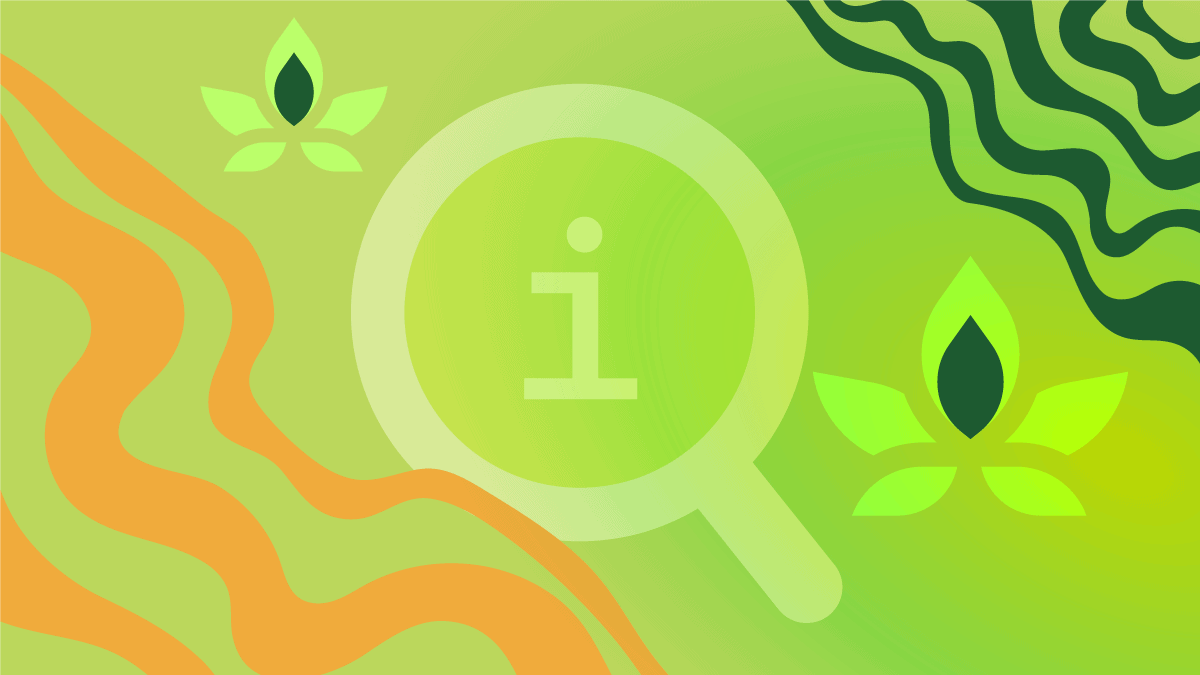- Dispensaries
-
Cultivars
By Cultivar Types
By Effects
By Terpenes
- Blog & Press
- About
- Products
Anatomy of the Cannabis Plant
- Cenk Cetin
- August 15, 2024
- 7:49 pm
- No Comments

When you guys are buying weed, you may be familiar with the flowers or the buds that are harvested and used as ingredients for medicine or other consumable items that are sold on the shelves of the weed dispensaries in your area. However, a lot of you guys may not see other parts of this happy plant.
Want to study more about weed but don’t know where to begin? How about starting with the structure of the plant itself?! Welcome to Cannabis Plant 101 where we will guide you through each part of weed and explain a brief information of this beloved plant.
Key Takeaways
- Cannabis plants contain several parts such as flowers, pistils, trichomes, nodes, and stems.
- Cannabis flowers, known as buds, are trimmed from the plant, dried, and then sold in weed dispensaries.
- Only female cannabis plants develop flowers.
- Trichomes produce crystal-clear resins which contain a lot of cannabinoids and terpenes.
- The cannabis leaf which is often used as the symbol of several weed shops is called “fan leaves”.
- The node is where it determines the sex of the cannabis plants.
- Male cannabis plants develop pollen sacs between the nodes.
Exploring Parts of the Weed Plant
Flower
Start with the most popular part of weed, weed flowers – aka buds. This is the part where it contains cannabinoids and terpenes that cause you to feel euphoric or offer therapeutic magic. Flowers only develop on female cannabis plants and they must be properly dried before consumption.
Cola
Cola refers to a cluster of buds (flowers) growing closely together at the tip of the stem. The main cola is almost always at the top of the cannabis plant. The cola produces the largest and densest buds with typically the highest potency. The top-shelf flower is from the cola that has been hand-trimmed.
Pistil
The pistil contains the reproductive parts of the flower. They have a lot of tiny hairs or thin strands called the stigma, which is white when the plant is still young and appears to turn yellow, orange, red, and brown when the plant ages. The pistil is responsible for collecting pollen carried from male cannabis plants.
Bracts and Calyx
Bracts and Calyx are often hidden under the small leaves of the cola. The bract encapsulates the female’s reproductive parts and they usually appear as green tear-shaped leaves covered in resin glands that contain the highest concentrations of cannabinoids. The calyx is a translucent layer covering the female plant’s ovule surrounded by the bract. You cannot see the calyx with the naked eye.
Trichomes
Trichomes may be tiny, yet, it is an essential part of the cannabis flower. They produce crystal-like resin glands that coat all over the flower to protect the plant from predators that could harm them. They are rich in cannabinoids and terpenes which are responsible for the euphoria and health effects of the plants. The basis of hash depends on the trichomes and their resins.
Node
The node is where a branch grows from the main stem or one branch from another branch. Some nodes may have buds and fan leaves but not all of them. The node is also where it determines the sex of a cannabis plant, pre-flowers, or the beginnings of male and female sex organs. There is a space between nodes called “internodal spacing”, it is where it tells you whether the plant will grow tall or short.
Stem
The stem gives structure and stability to the cannabis plant as well as transporting nutrients and water throughout the plant. It has a compact core surrounded by a fibrous outer layer. A stem with a thick and girthy diameter indicates that the cannabis plant has strong health and successful rooting. The growers usually tend to trim or cut off the top of the stem to encourage the plant to grow more branches and buds.
Fan Leaves
Have you noticed any cannabis shop neon signs with the cannabis leaf? That’s what is called “fan leaves”. They have little-to-no resin and they are responsible for capturing light. Each leaf is large which contains five individual leaves, sometimes more, and their main function is to photosynthesis.
Sugar Leaves
Sugar leaves are small leaves that grow from the buds and usually hold resins. They are covered in cannabinoid-rich trichomes giving them a sugary dusted appearance and they are used for making pre-rolls, concentrates, extracts, and other cannabis products.
Male vs Female Weed Plants: How to tell?
Cannabis can be male or female in which their reproductive organs appear on different plants. What’s usually displayed in the stash jar are the weed flowers of a female cannabis plant. To check the sex of the cannabis plant, you need to see in between the nodes. Pollen sacs can be found here between the nodes of the male plants, while on the female plants, the stigma and bracts develop for catching pollen. The difference between male and female plants appears weeks before the start of the reproductive cycle, known as pre-flowers. Pre-flowers start easily to notice from around the fourth week of cannabis growth and in six weeks, it should be clear what sex the plant actually is.
Cannabis is primarily cultivated for its buds, therefore, growers tend to grow sinsemilla or seedless cannabis. To do that, they need to prevent pollination, which produces seeds, from the female cannabis plants receiving pollen from male plants. That’s why growers grow female and male cannabis plants separately, sometimes the males are even discarded. As a result, it allows female cannabis plants to focus on their bud production instead of producing seed.
In Conclusion
Weed has several different parts, not just the flowers that we love, some examples are fan leaves, sugar leaves, cola, trichomes, bract, and calyx. Weed flowers are the product of female plants which, as we all know, becomes the most popular part when we think of weed. Each component is essential in the plant’s development and the final product’s potency including the overall effects and therapeutic benefits that cannabis is renowned for.



